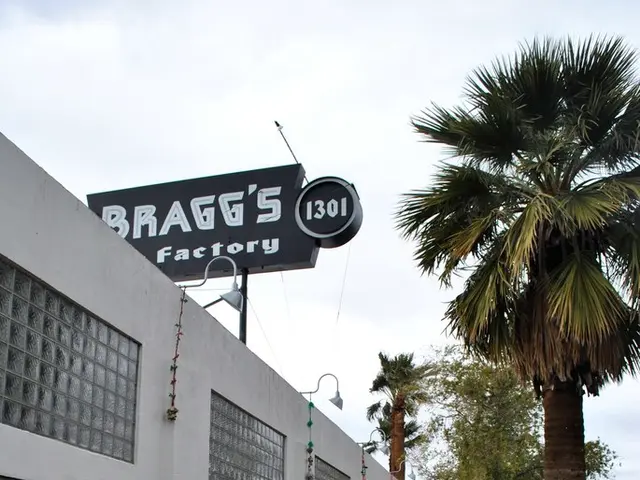Dogecoin's Qubic hack leads to fears following Monero's hacking incident
Qubic, an AI-focused blockchain project led by Sergey Ivancheglo, has announced plans to conduct a 51% attack on Dogecoin, following its recent successful demonstration on Monero. The Qubic community, after a poll, voted decisively to target Dogecoin over other candidates like Kaspa and Zcash.
Risks and Vulnerabilities
A 51% attack on Dogecoin could allow Qubic to rewrite history on the chain or prevent certain transactions from going through. It could expose risks like transaction censorship, block reordering, or even double spending. Dogecoin's current hash rate (about 2.23 PH/s) is significantly lower than Bitcoin’s, making it more vulnerable despite its merged mining arrangement with Litecoin.
Market Impact
The news of the planned attack has already triggered market upheaval. Dogecoin’s price dropped sharply, and futures open interest declined by 8%, signaling reduced short-term confidence. However, long-term interest from large holders (whales) remains as they accumulated around 680 million DOGE in August despite the threat. Exchanges like Kraken have responded conservatively, suspending deposits (in Monero’s case) to protect network integrity.
Industry Reactions
Industry reactions have been mixed. While Qubic frames their actions as a test and a way to ultimately secure protocols with their Useful Proof of Work model, many experts and research bodies consider Qubic’s prior Monero attack more of a PR stunt than an existential threat. Nonetheless, their actions have caused heightened security concerns across proof-of-work blockchains.
The mining pool behind Qubic's Monero attempt now controls around 2.3 GH/s, making it the dominant player in Monero's ecosystem. Litecoin community members have publicly reaffirmed their ongoing support for Dogecoin, emphasizing the resilience conferred by merged mining.
Implications for the Future
The outcome of Qubic’s campaign against Dogecoin could shape how networks prepare for future threats. It could also push developers to rethink the security assumptions behind proof-of-work systems. Dogecoin holds a market cap above $35 billion, making it one of the world's top digital assets. If Dogecoin faces a similar threat, the impact would be far greater due to its high daily usage and large number of holders.
In conclusion, Qubic’s planned 51% attack on Dogecoin raises significant security risks, has already triggered market upheaval, and provoked serious attention and caution within the crypto industry. While some view it as a largely experimental or marketing-driven move rather than an imminent catastrophic threat, it underscores the need for continuous vigilance and innovation in blockchain security.
[1] CoinDesk [2] Decrypt [3] The Block [4] Cointelegraph [5] CoinGeek
Read also:
- IM Motors reveals extended-range powertrain akin to installing an internal combustion engine in a Tesla Model Y
- Ford Embraces Silicon Valley Approach, Introducing Affordable Mid-Sized Truck and Shared Platform
- Future Outlook for Tesla in 2024: Modest Expansion in Electric Vehicle Sales, Anticipated Surge in Self-Driving Stock
- Australians Embrace Tesla's Powerwall as 4,000 Units are Sold in a Single Month of July







